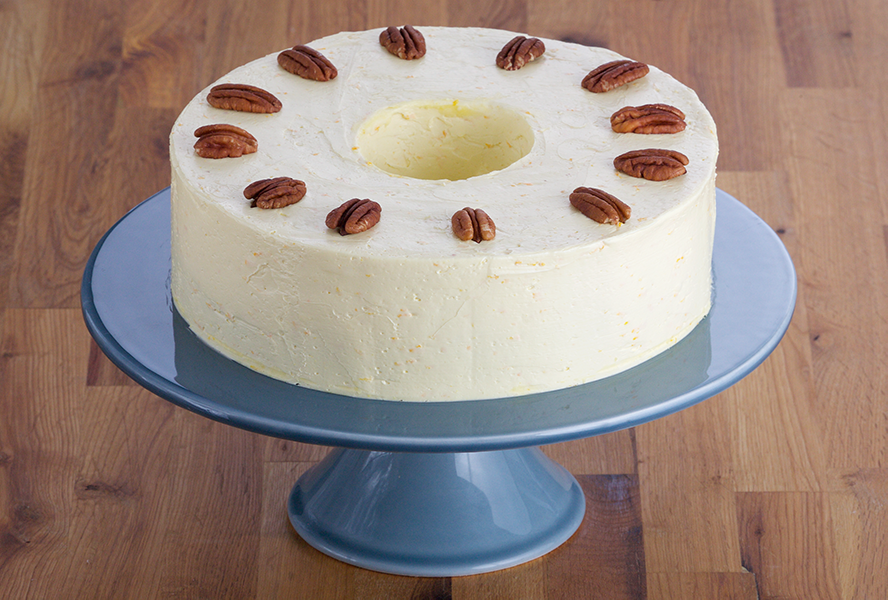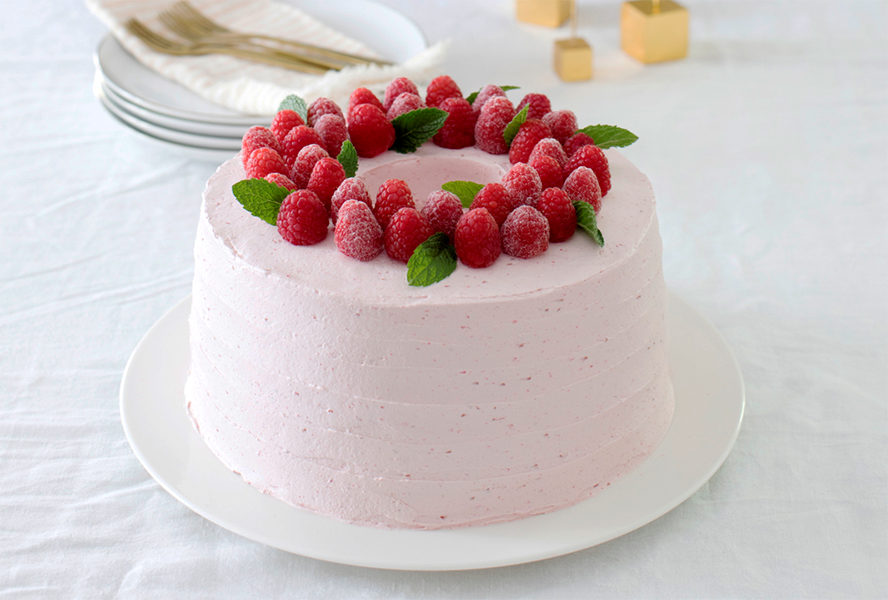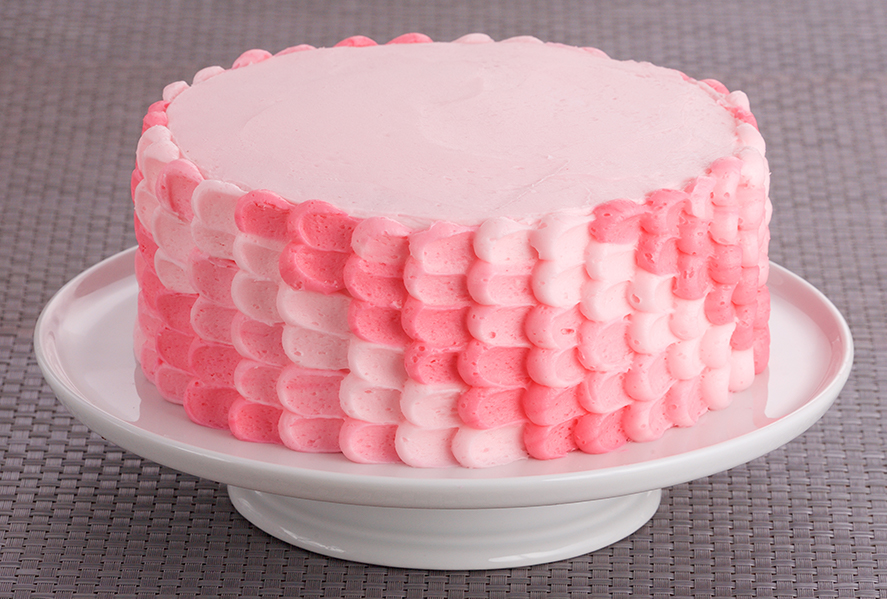
If you are a fan of cake, then you must be in-the-know when it comes to buttercream since it is the most common frosting. But have you fully immersed yourself into all of the many styles of buttercream, and how to use them?
Cupcake buttercream (also known as American buttercream) is the simplest to make, and is best used to top its namesake: cupcakes. I’ve written a piece on cupcake fun – check it out here.
Swiss Buttercream
Swiss buttercream is the next level – it’s fluffy, yet satin texture balances butter and sugar wonderfully, and it is my all-time favourite buttercream for decorating cakes. It’s easy to make, it takes food colouring well, holds piping detail, and can sit out at room temperature for presentation. Essentially, egg whites and sugar are warmed together and then whipped (a Swiss meringue) and once cooled, butter is whipped in along with flavours and/or colours.
Check out this video as I make it step by step.
Italian Buttercream
Next is Italian buttercream, for the frosting fancier. If you are covering a cake that has a mousse or curd filling, or if you are assembling a tiered cake such as a wedding cake, then you will want this most stable (yet still fluffy and tasty) buttercream. Boiled sugar is poured into egg whites while they whip (an Italian meringue) and once cooled, the butter is worked in. Italian buttercream has all of the virtues of Swiss buttercream, but it sets up more firmly when refrigerated, and is very stable at room temperature, which is why it is ideal for wedding cakes.
French Buttercream
The last buttercream to mention is the least known: French Buttercream. Instead of being made with meringue, egg yolks are the base, making this buttercream rich and custard-like. It tends to have a softer set than Swiss and Italian buttercreams, so I like to keep my décor simpler, with less piping detail.

Get the recipe for Pecan Torte with French Buttercream
Getting Creative with Buttercream
Using Swiss or Italian buttercream, décor is unlimited! Here are some ideas to get you started:
Rustic – Not into piping, but still want a polished look? You can mask (cover completely with frosting) your cake fully and then use the tip of your palette knife to “rough up” the sides as you spin the cake around on a wheel – just treat your palette knife like it’s a needle on a record and start at the base of the cake, moving your way up.

Ombré – By tinting buttercream in varied shades of the same colour, you can gradiate the colour from dark to light or vice versa as you pipe.

Get the recipe for Chocolate Berry Cake with Ombre Italian Buttercream
Sheer – While a “naked” cake fully exposes the sides, the “half-naked” or sheer style of décor adds a little buttercream to add finesse but the layers can still be seen.
This sheet cake is actually inspired by my own wedding cake, which I made 20 years ago this month. Amazing how what is old becomes new again, even with cake décor trends!

Get the recipe for Chai Layer Cake with Maple Meringue Frosting
Buttercream Tips
A few final buttercream tips to get you on your way:
So jump into the kitchen and start playing…today is a perfect day to make and decorate a cake!
